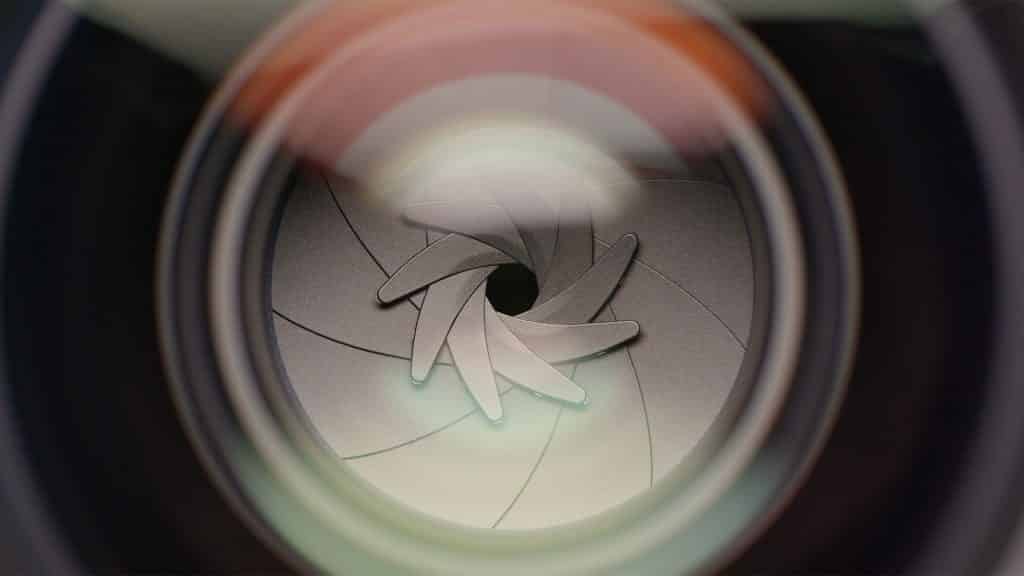Introduction
What is a gimbal and what is it for, its history, the difference with other stabilizers and the best gimbal on the market in this article.
In recent years, technological developments have made it possible to significantly reduce the weight of high-quality video cameras. This has facilitated the emergence of smaller camera stabilizers.
What is a gimbal and what is it used for?
A gimbal is a camera support, i.e. a tool that facilitates camera movements.
Specifically, it is a camera stabilizer, whose main function is to eliminate unwanted vertical and horizontal fluctuations.
Their design and manufacture varies depending on the model and brand. But in general terms, we can define a gimbal as a moving axis mechanism with a support for the camera and a handle for the operator.
How to use a gimbal?
Gimbal stabilizers use a motorized gyroscope to keep the camera level and prevent shaking or vibration. This makes them ideal for action cameras or drones, as they can produce smooth, professional-looking videos.
Using a gimbal can be tricky at first, but with a little practice, you’ll get the hang of it in no time. Here are some tips to help you get started:
- Make sure the gimbal is level before you start recording. This will help prevent any unwanted movement or vibration.
- Start slowly and gradually increase the speed as you become more comfortable with it.
- Experiment with different angles and shots to find what works best for your project.
- Utiliza los controles de giro e inclinación del gimbal para crear secuencias de vídeo dinámicas y fluidas.
- When you are finished filming, remember to turn off the gimbal and store it safely.
The best camera movements you can do with a Gimbal
Gimbals allow you to create incredibly smooth types of shots, which can make a big difference in the overall quality of your film. Now, we’ll talk about some of the best camera moves you can make with one.
- Panoramic shot
One of the most popular shots you can get with a gimbal is the panning shot. It involves starting with the camera pointed in one direction and then slowly turning the camera in another direction. This shot is often used to reveal something important in the scene or to show the passage of time. - The dutch shot
Another great shot you can get with a gimbal is the tilt shot. It is similar to the panning shot, except that instead of panning the camera from side to side, you tilt the camera up and down. This shot is often used to emphasize something in the scene or to give the viewer a different perspective of what is happening. - Tracking Shot
The tracking shot is when the camera follows someone as they move. This shot is ideal for action scenes or to keep the viewer attentive to what is happening on the screen. - The follow-up shot
The follow shot is similar to the tracking shot below, except that instead of following someone who is moving, you follow someone who is standing still. This shot is often used to give the viewer a sense of place or to add tension to a scene.
These are just some of the great shots you can get with a gimbal. If you want to go to the next level in filmmaking, we recommend you get a gimbal and try these shots.
History of the gimbal.
To understand its history, it is necessary to go back to 1976. Year in which this tool created by Garrett Brown was used for the first time in a film.
One of the first films to use the steadicam was “Rocky”. The film’s producers heard that in Philadelphia, the filming location, Garrett Brown was finishing the design of the steadicam. One of the most historic shots in cinema was filmed thanks to this union.
Until 1980 it had no great repercussion, but Kubrick‘s use of the steadicam in The Shining (a novel written by Stephen King) was a turning point. By creating one of the most complicated and spectacular shots to date, he succeeded in making the steadicam internationally marketable.
One of the most tangible problems with this tool was its weight. As it is a mechanical stabilizer, it requires counterweights to level the camera. At that time, cameras weighed more than 66 pounds and the steadicam had to weigh more, so the first steadycam operators were mostly bodybuilders.
Constant research and innovation has resulted in cameras and camera mounts weighing much less today. With robotic mechanisms such as those of the gimbal.
Differences between camera stabilizers and gimbals
The main differences are obvious at a glance:
- The difference in size and weight, the gimbal is much smaller and lighter.
- The steadicam requires a harness and a mechanical arm, the gimbal only a handle.
- The gimbal movements can be robotic (using the joystick) and mechanical using the arms. However, the steadicam has no robotic movements.
- The gimbal, having robotic movements, can be programmed to perform certain movements in a predefined time.
- For stabilization purposes, the camera stabilizer has a small vertical fluctuation that gives it personality.
Why choose a gimbal instead of a steady cam?
When it comes to capturing smooth video footage, gimbals have become increasingly popular in recent years. Unlike traditional camera stabilizers, which can be cumbersome and difficult to use, gimbals are designed to be lightweight and easy to handle.
As a result, they have become a popular choice for educational filmmakers and YouTubers who want to shoot high-quality videos without going broke. Gimbals technology has also come a long way in recent years, with many of the latest models offering features such as automatic panning and tracking.
As a result, the gimbals are now capable of capturing incredibly smooth and stable images, even in difficult conditions. When it comes to choosing between a gimbal and a camera stabilizer, the decision ultimately comes down to personal preference. However, for those looking for an affordable and easy-to-use option, a gimbal is worth considering.
Best gimbals 2023
If you are thinking of buying one and can’t make up your mind, here are the ones I consider the best on the market.
1.- The professional gimbal
DJI RSC 3 3-AXIS STABILIZER
This gimbal is one of the most powerful on the market right now. With a load capacity of 3 kg it is perfect for DSLR cameras such as the classic sony alpha.
If you are looking for smooth movements and perfect stabilization in your productions this is an option to consider.
Some of its most outstanding features are:
- Its Titan stabilization algorithm captures smooth footage, while SuperSmooth compensates for micromovements, achieving stabilization even for subjects with a zoom of 328.1 feet.
- Integrated 1-inch OLED display
- Record for longer thanks to the RSC 3’s advanced battery, which offers a 14-hour run time and supports fast charging1
- Compatibility with most dslr cameras on the market.
2.- The cheapest
ZHIYUN CRANE-M2 3-AXIS STABILIZER
We decided to introduce this gimbal for two very specific reasons. It is not the most professional gimbal on the market but it fulfills its stabilization function perfectly.
The two main reasons for purchasing this gimbal are:
1.- Its price, it is the cheapest gimbal we have found that performs its main function satisfactorily.
Its compact design, if you are not yet a professional in the use of gimbal this is a good choice. Thanks to its design, it is very easy to store and reconfigure, speeding up the shooting process.
3.- Quality-price
FEIYUCHT G6 MAX
As for the best value for money option, we find this gimbal. It still falls short of the movement and battery backup performance of the DJI but is not too far behind. In addition to supporting a very similar weight, it enjoys the compact design of the ZHIYUN, making it a great option to consider.
Gimbal for mobile phones
Nowadays it is very common to make audiovisual productions with cell phones. These devices have specialized in image capture, equipping their cameras with high-quality internal stabilizers.
Despite these internal stabilizers, the use of a mobile gimbal is one of the most commonly used techniques.
This type of gimbal is very inexpensive and really gives your videos a professional look despite being shot with a cell phone.
If you want to start making your own productions but don’t have the money to buy a dslr, you can start with your mobile device.
If you think you are making good productions, you should try one of these gimbal and you will see the difference.
Here are two recommendations depending on the brand of phone you have, but really most of them are valid for any phone.
1.- Iphone gimbal
ISTEADY X GIMBAL HANDHELD STABILIZER
This device is specially designed for iphone, has a very economical price and is one of the best stabilizers for mobile you can find.
It has a long-lasting battery, and as additional complements it has a tripod support for the handle.
2.- Xiaomi Gimbal
FEIYUTECH VIMBLE 2S STABILIZER FOR MOBILE PHONES
A perfect mobile gimbal to start with your audiovisual productions. The feature that makes this one stand out from others is its extendable stand.
3.- For cell phones
DJI OSMO MOBILE 3
If you are looking for the highest quality in a mobile gimbal, this is definitely the one you are looking for. DJI‘s brand recognition alone in designing gimbals for heavier cameras should be enough.
DJI has invested heavily in the development of this gimbal for cell phones and gopro, it is one of its flagship products without a doubt.
Conclusion
The gimbal has gained momentum in recent years, trying to dethrone the steadycam. It is precisely innovation and technological progress that allow these products to gain fame… Personally, nothing can ever replace the steadicam, the personality that the operator gives to the work… but it is undeniable that the gimbal is one of the most revolutionary and important camera mounts in the industry.








